These two muskets have been ithe family for a long time. No idea their history. I think the flint lock is early 1700's or it may just be made to look that way. 68" over all and NO markings what so ever.
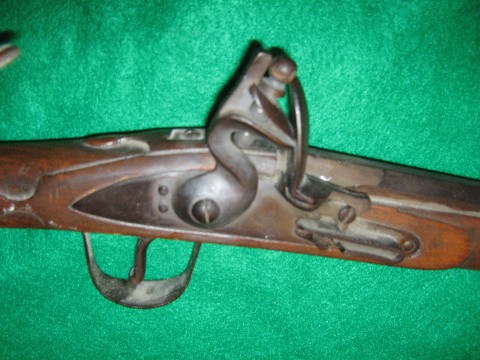
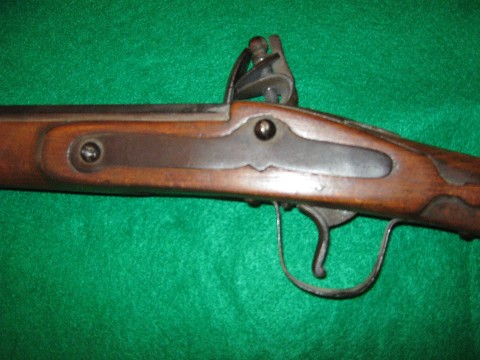
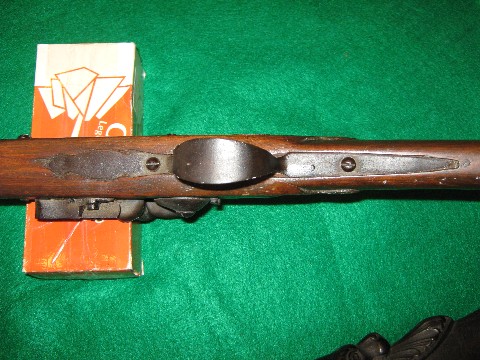
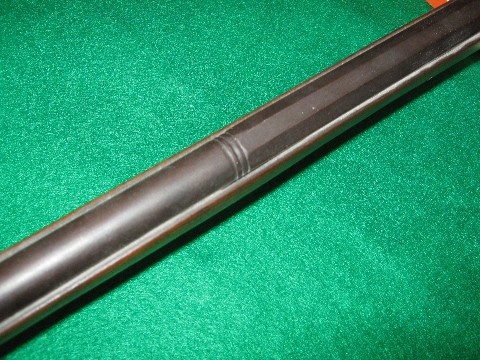
The second is really bad shape. It had been in pieces for many years and some got lost. The is a PC musket awith very fancy carving
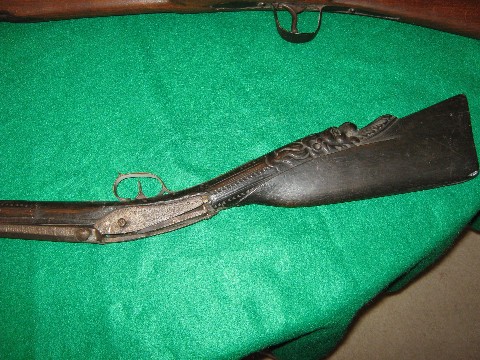
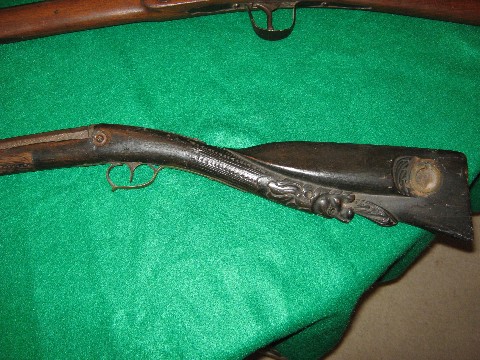
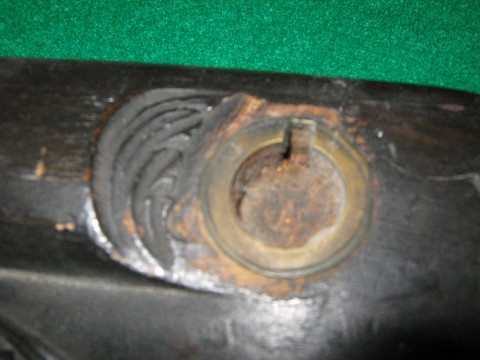
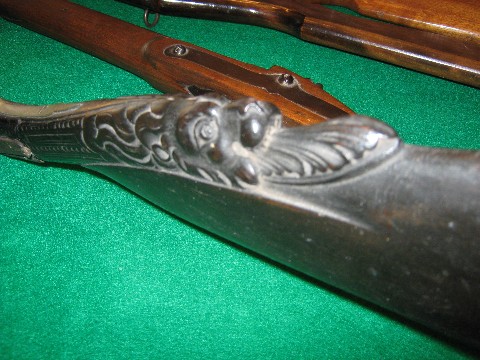
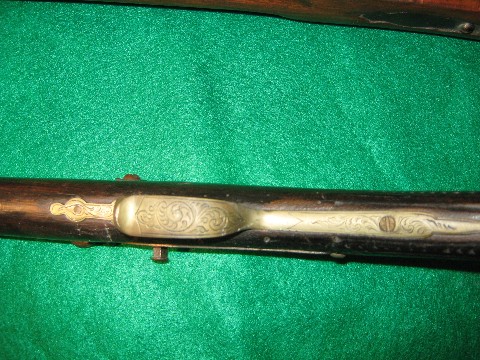
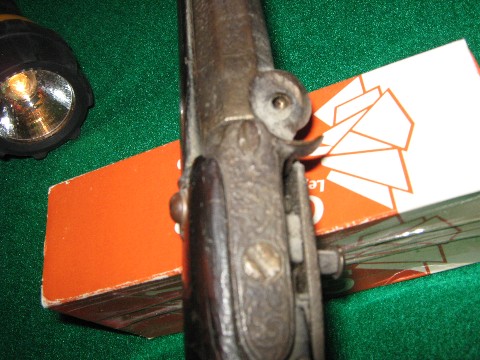
Does anyone even know where to start looking for info on these?
Thanks for any and all help you can offer
Bill C




The second is really bad shape. It had been in pieces for many years and some got lost. The is a PC musket awith very fancy carving






Does anyone even know where to start looking for info on these?
Thanks for any and all help you can offer
Bill C





